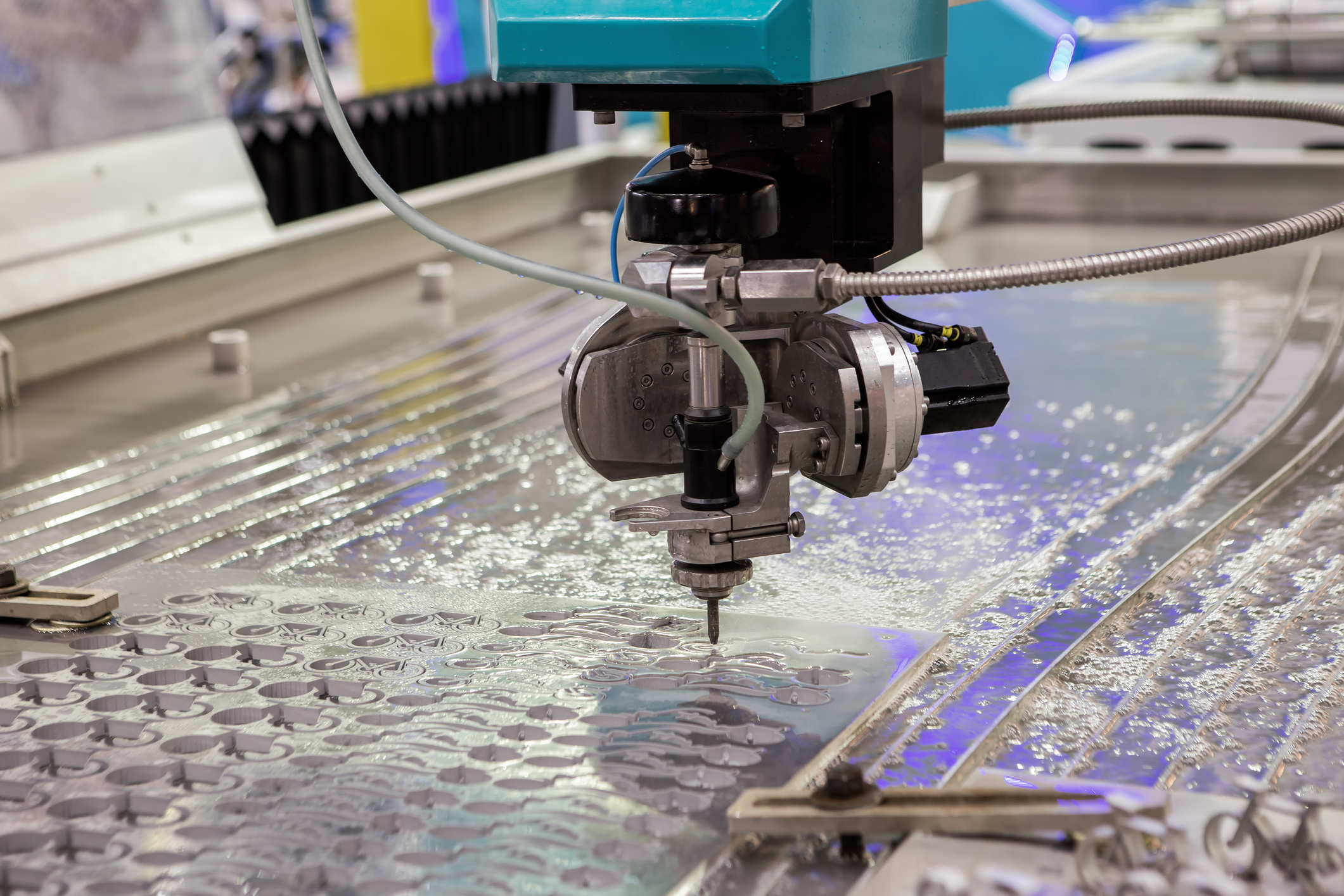
The Fourth Industrial Revolution is ushering in an era of greater speed, higher efficiency, and sustainability in manufacturing. Advanced, data-driven...
When your application requires precise bends, cuts and angles, forming your market-specific part is a possible alternative to molding. Drain traps, formed rubber hoses, and formed PVC are just a few of the custom design solutions we offer. Our 4-step process of extruding and forming your part ensures we can work your components neatly inside your box in a way that’s designed and engineered to optimize space and function.
Formed pieces, such as drain traps, formed rubber hoses and formed PVC pipes, require an extra step in the manufacturing process.
Simple shapes can be manufactured through extrusion; complex shapes that require precision angles or bends demand an additional step of forming that comes after the extrusion process.
Why would your part require precise angles and bends? In most cases, the demand comes in order to fit a pipe or hose neatly and compactly in and around other components within your product without obstructing function or accessibility.
An Example of a Formed PVC Pipe with Multiple Requirements
The above photo depicts a light commercial formed PVC drain with design specifications that necessitated the use of forming over extruding or molding.
Part details include:
Extrusion is the process of heating a material before forcing it through a shape. Extrusion is a more cost-effective option than molding since the die is more affordable.
A part can be extruded as either a coil or cut to length. The complete process of manufacturing a finished part involves 3 steps:
With the demand to create the shape around precise angles or bends comes the fourth step:
4. Forming the Part (Bending and Making it Into a Shape)
When engineering your part, there are some important considerations to account for that will help determine which manufacturing process to choose:
An example application ideal for the molding process would be a rubber tube that is lathe cut with the need for a tight tolerance.
If you’re unsure which process would be ideal for your application or part, our expert engineering team will be happy to assist you in find the optimal solution.
Many types of materials can be extruded and formed, but the most common include:
LEARN MORE: About PVC Pipes and PVC Piping Systems
Molding is the process of creating a part by compressing, injecting or transferring a material into a die-cut mold to create a specific shape.
Forming occurs when a material is heated, then extruded, often into a coil or cut to length tubing. After curing, the product is again heated before being formed into its specific angle and shape.
A Formed Drain Tube (L) vs a Molded Drain Tube (R)
A Cut-to-Length Molded Rubber Drain Tube
We are chemical experts in materials, with a large international sourcing arm and longstanding relationships with our global suppliers.
We have over 40 years of experience in die cutting and parts manufacturing. We stay abreast of new industry standards and processes to ensure we maintain compliance and longevity through our international network of partners.
Sur-Seal offers decades of experience in global sourcing, design engineering, and chemistry. Our reach and expertise is unmatched.
Our goal is to design and follow the most efficient project roadmap to get you to the Minimum Viable Product (MVP).
The earlier in the design process we are involved, the better we can save you time and money. Our engineers and chemists can optimize your build before it gets to the parts manufacturing stage.
“We can help spec in materials that are unique – or in some cases, selecting an alternative – that yields a better margin for an overall lower cost.”
Gregg Szylakowski, Director of Engineering Solutions and Management at Sur-Seal
LEARN MORE: A Step-by-Step Guide to Building a Minimum Viable Product (MVP)
Sur-Seal’s engineering team leverages their material expertise, supports the design process, and suggests design improvements toward efficiency and cost savings.
Process Engineering
Our process engineers can execute Kaizen events on customer manufacturing lines. We also continuously engage in identifying and implementing efficiencies on our own manufacturing lines.
Utilizing VA/VE principles allows our engineers to consistently evaluate designs in development, with an eye toward reduced costs and improved performance.
LEARN MORE: Talk to a Specialist About Engineering Services
Like many solutions in concept design and manufacturing, your ideal solution is specific to your application. Weigh the pros and cons of extrusion, molding and formed parts and consider if you might benefit from choosing to form your part versus molding or extruding it.
If you need some help with engineering and problem solving, our experienced team is always here to help. Contact our team to request a quote or begin your consultation.